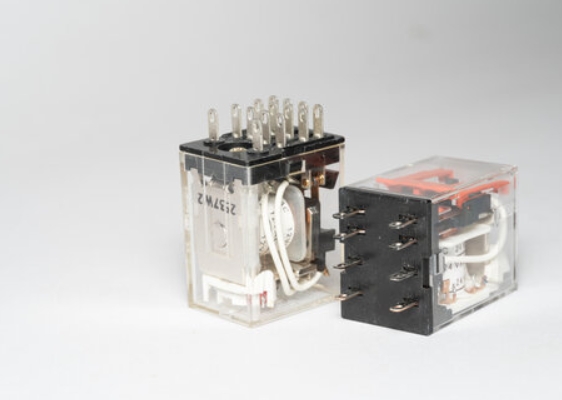In the realm of electrical circuits, two fundamental concepts dominate the landscape: open circuit and closed circuit. While both play crucial roles in various industries, they possess distinct characteristics that set them apart. This article aims to delve into the three key differences between open and closed circuits, shedding light on their unique attributes and applications.
- Conductivity and Flow of Current:
The primary disparity between open and closed circuits lies in their conductivity and the flow of current. In an open circuit, there is an interruption or gap in the path, preventing the current from completing its circuit. This interruption can be caused by a switch being turned off or a broken wire. As a result, no current flows, and electrical devices connected to the circuit remain inactive. Conversely, a closed circuit provides an uninterrupted path for the current to flow, enabling the electrical devices to operate as intended. - Control and Regulation:
Another significant distinction between open and closed circuits is the level of control and regulation they offer. In an open circuit, due to the absence of a complete path, there is no control over the flow of current. This lack of control can be advantageous in certain scenarios, such as safety mechanisms that rely on open circuits to prevent electrical accidents. On the other hand, closed circuits allow for precise control and regulation of current flow. This control is achieved through the use of switches, resistors, and other components that manipulate the flow of electricity, making closed circuits ideal for applications that require fine-tuning and adjustment. - Energy Efficiency and Conservation:
Energy efficiency and conservation are crucial considerations in any electrical system. Open and closed circuits differ significantly in their impact on energy consumption. In an open circuit, since no current flows, there is minimal energy consumption. This characteristic is advantageous in situations where power conservation is paramount, such as battery-powered devices. Closed circuits, however, require a continuous flow of current to power electrical devices. While closed circuits may consume more energy, they offer the advantage of delivering power precisely where it is needed, ensuring optimal device performance.
Conclusion:
Understanding the disparities between open and closed circuits is essential for professionals in various industries. The conductivity and flow of current, control and regulation, and energy efficiency and conservation are the three key differences that set these circuits apart. By comprehending these distinctions, engineers, technicians, and enthusiasts can make informed decisions when designing, troubleshooting, or optimizing electrical systems.

